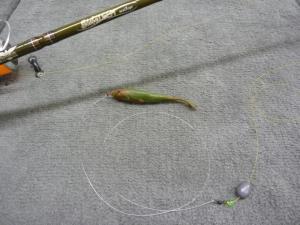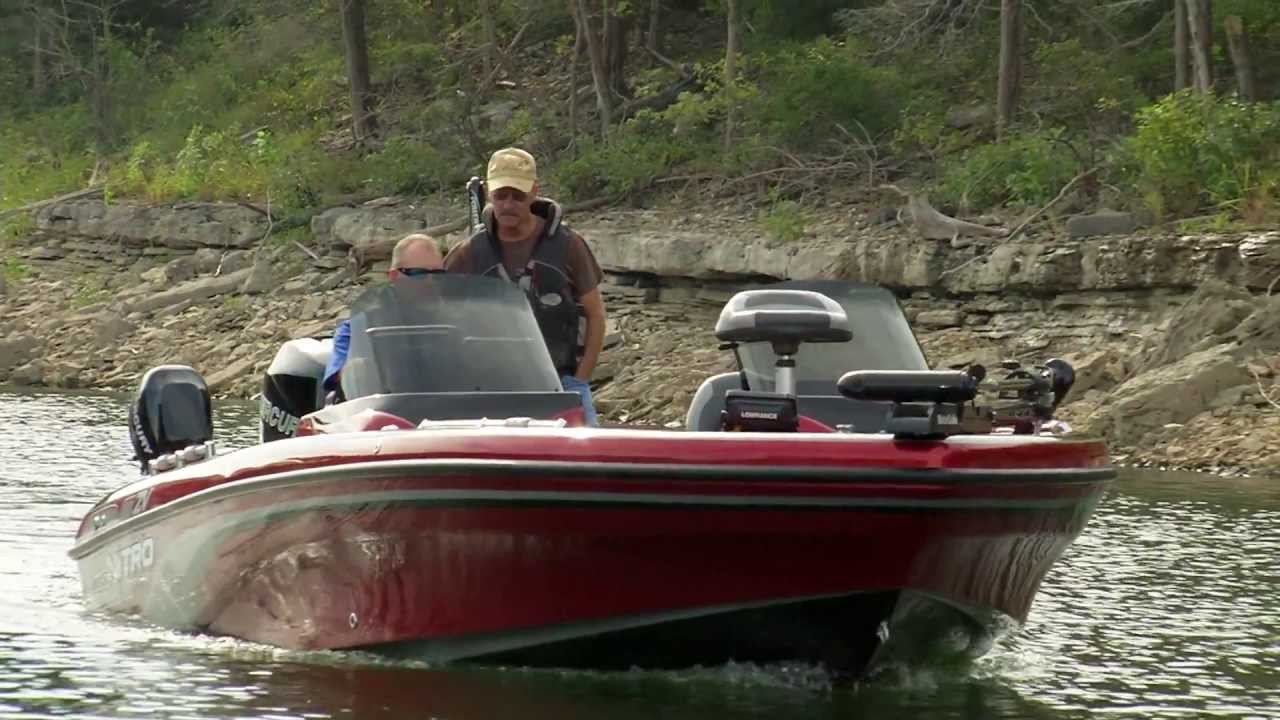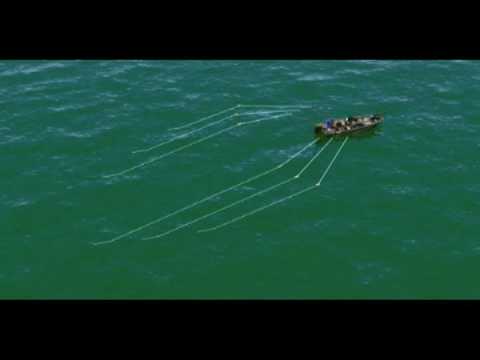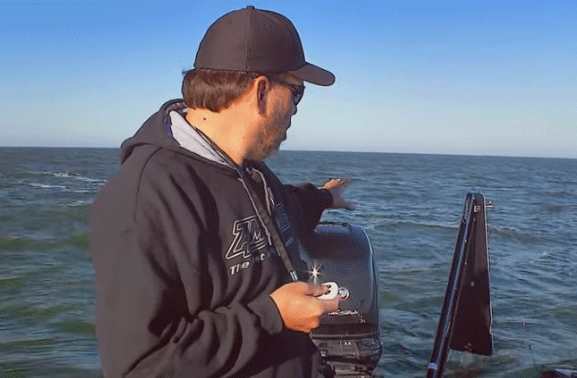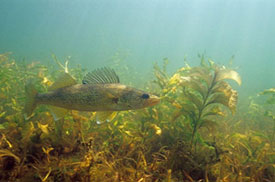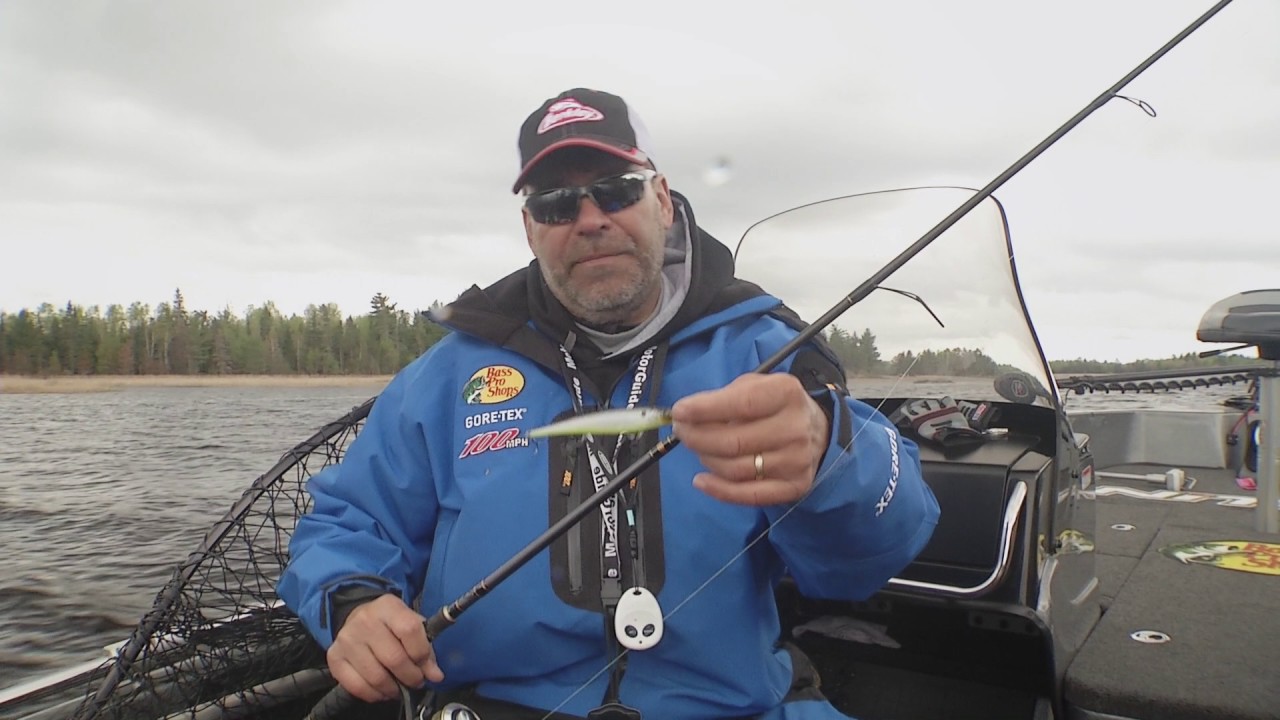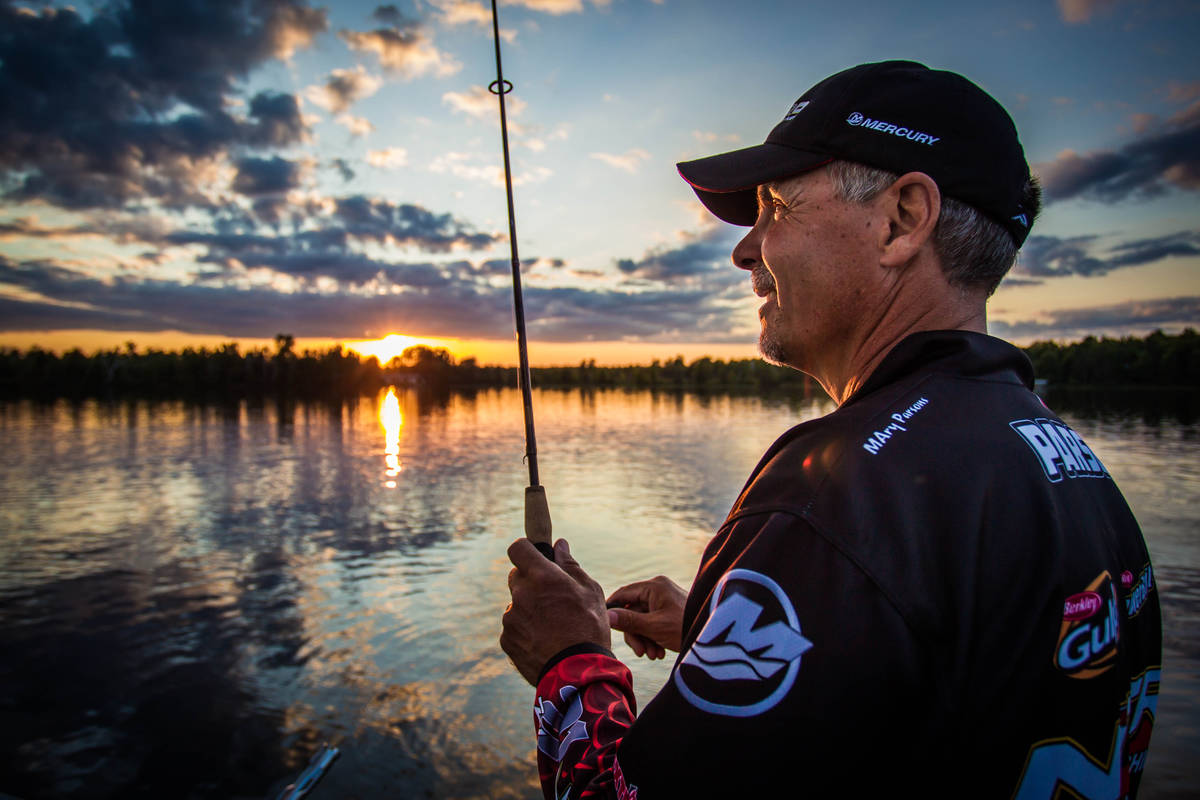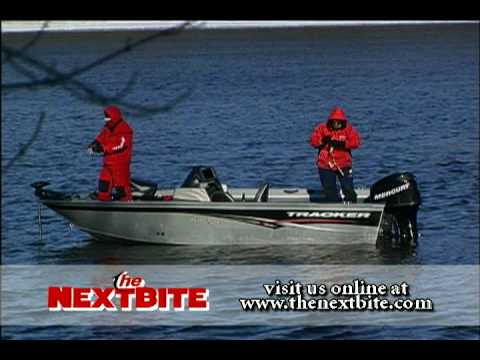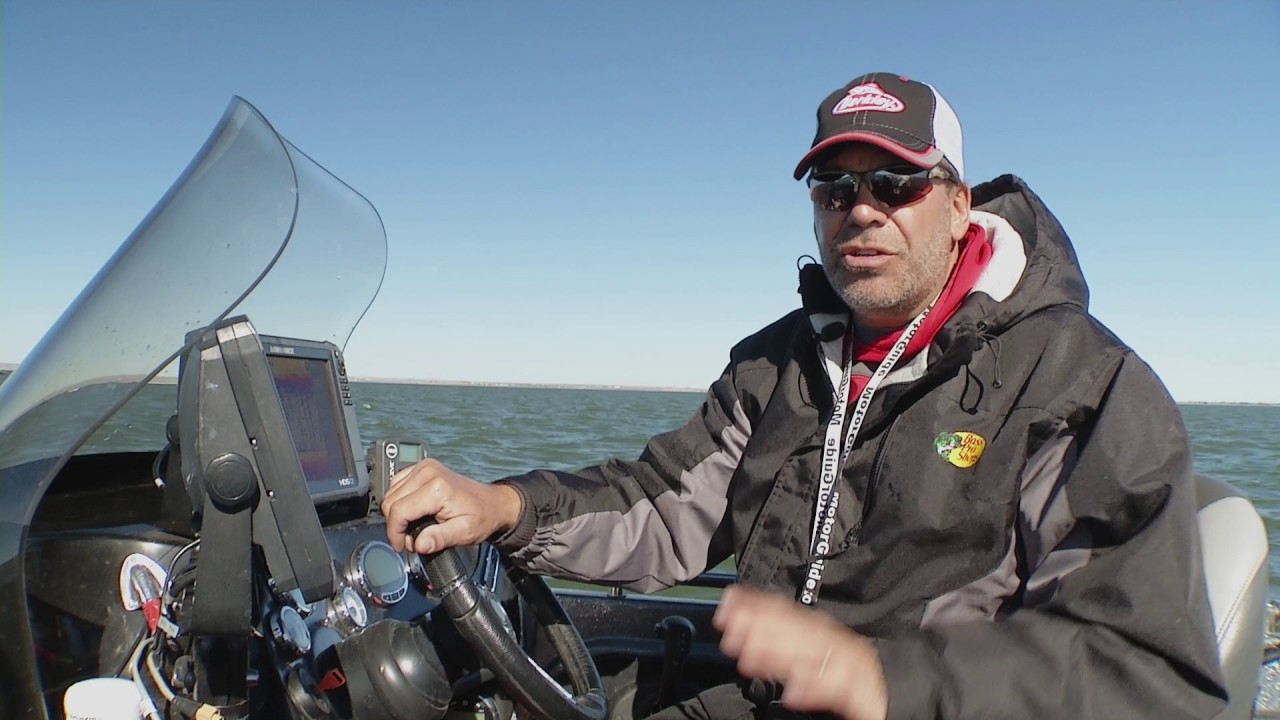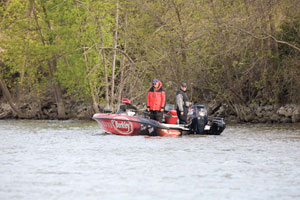 The Great Lakes and other large bodies of water have tremendous walleye fishing opportunities. Often, the key to cashing in is covering water—and that means trolling.
The Great Lakes and other large bodies of water have tremendous walleye fishing opportunities. Often, the key to cashing in is covering water—and that means trolling.
Post-spawn through summer, it’s a great option for connecting with big numbers of fish roaming large expanses of open water.
Total Solutions Technique
On a big lake, there’s just too much water to go out and start trolling blindly, hoping to find the fish. You have to locate a school of walleyes before you start trolling. I cruise around watching my graph until I mark fish. Keep in mind that walleyes can be virtually anywhere in the water column; if you mark a couple of fish relatively close to the surface, they may be part of a much larger pod of walleyes. Their schoolmates just flared off to the sides of the boat before you could mark them. So it still pays to drop a few lines and run baits through the area.
Once I find the walleyes—which are often relating to baitfish—I go to work. I like to drop a bottom-bouncer and spinner rig down next to the boat and see what I need for letback and sinker weight to get the rig to run within a foot or two of bottom. Now I have a formula for setting out lines on planer boards. Because Great Lakes fish often suspend, and aren’t afraid to rocket up 10 feet to blast your bait, I stagger as many lines as possible through the column, at least until a clear pattern emerges. Often, that means using Snap Weights or in-line sinkers. With spinners, I troll in the 1 to 1.3 mph range.
Total Solutions Equipment
My typical spinner rig consists of a 6-foot snell made of 17- to 20-pound Berkley Vanish fluorocarbon, with 6mm beads and a size 5, 6 or 7 Colorado or willow-leaf spinner blade. A swivel at the head of the snell helps prevent line twist. It pays to experiment with colors, but it’s hard to beat bead and blade combinations that mimic perch or smelt. I normally run two hooks with my spinners, but will add a third if the fish are short-striking the rig. I tip with 6-inch Berkley Gulp! Nightcrawlers in natural or pumpkinseed patterns.
A good trolling rod loads up when a fish hits the bait. I favor a 7-foot, 6-inch, graphite Fenwick HMX-C76H-F paired with an Abu Garcia 6500LC reel. The reel’s a workhorse, and its line-counting feature is critical to duplicating specific amounts of letback. My main line is 10-pound Berkley Trilene XT, in either clear or green.
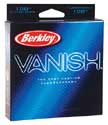 Berkley® Vanish® |
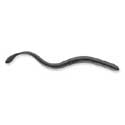 Berkley® 6 inch GULP!® Nightcrawler |
 Abu Garcia® Ambassadeur® Line Counter Reel |
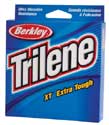 Berkley® Trilene XT® |

